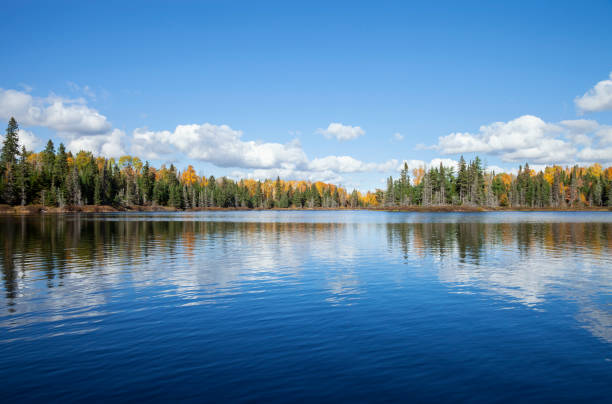


Summer in New England means lobster rolls, fried seafood and, of course, freshly shucked oysters.
But there’s a problem. Those empty shells usually end up in a dumpster instead of back in the water, where they play a key role in the oyster life cycle. Oyster larvae attach to shells, where they grow into adults and form reefs that improve water quality, prevent coastal erosion and create habitat for other marine life.
Two men in Connecticut are working to fix that. They’ve started a statewide program to collect discarded shells from local restaurants, dry them and return them to Long Island Sound for restoration projects.
50 States, 50 Fixes is a series about local solutions to environmental problems. More to come this year.
“We fill that missing piece,” said Tim Macklin, a co-founder of Collective Oyster Recycling & Restoration, the nonprofit group leading the effort.
It’s one of several shell recycling programs that have emerged to help reverse the steep decline in oyster populations along U.S. coastlines, a drop that experts largely attribute to overharvesting, habitat degradation and disease. Some of the largest programs process more than a million pounds of shell each year.
